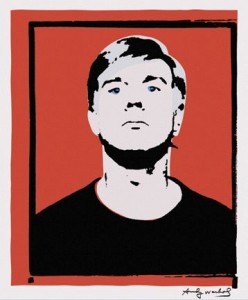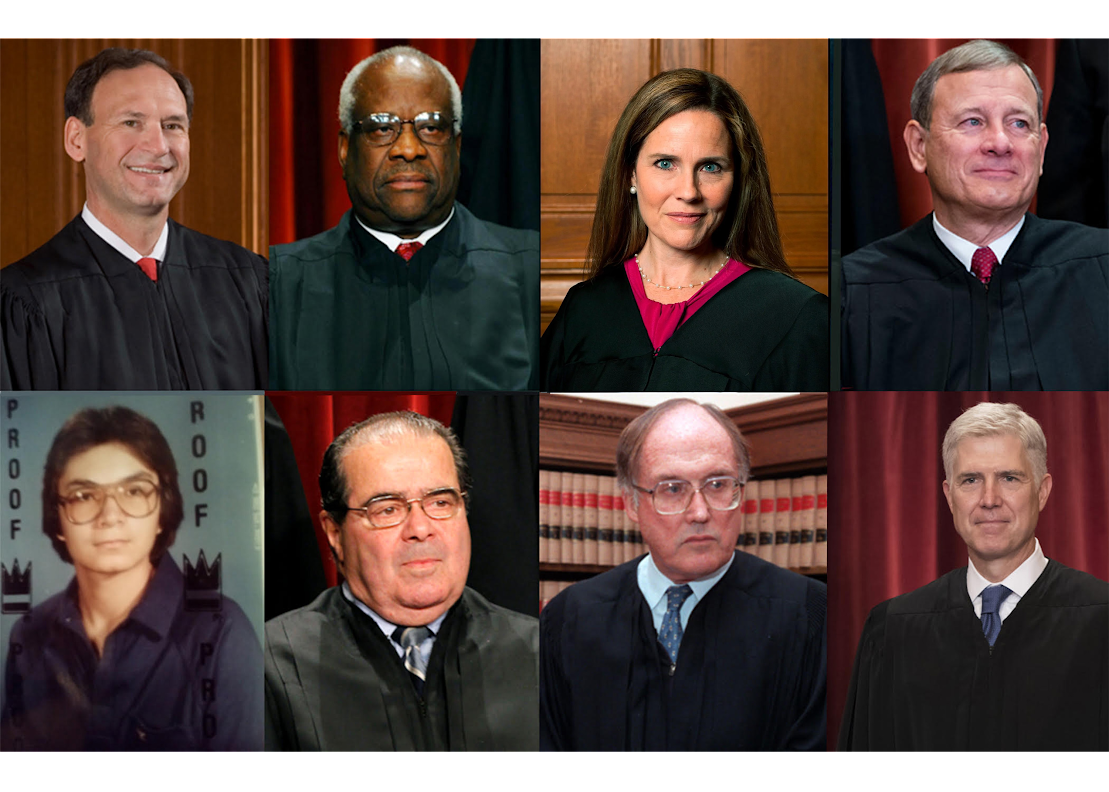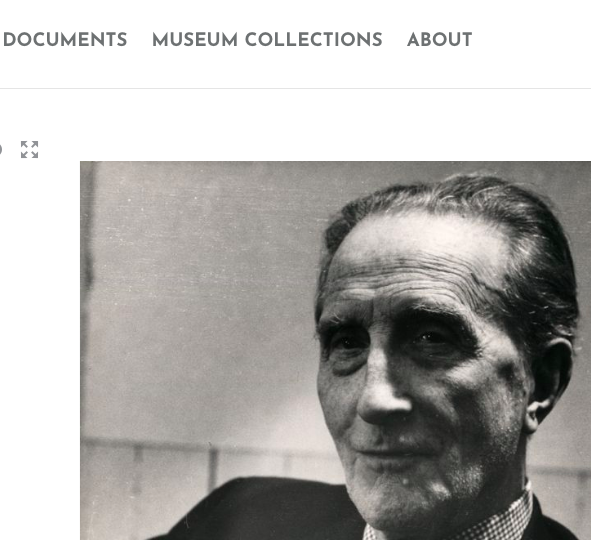The Philadelphia Museum of Art says AXA Art Insurance refused to honor a $1.5 million claim for two paintings that an art dealer effectively stole or lost. The museum consigned the art to the Salander-O’Reilly Galleries in Manhattan in 2006. The Manhattan district attorney charged the Upper East Side art dealer with 100 counts of fraud a year ago, estimating damages at more than $90 million. The Philadelphia Museum says it consigned “The Harbor” by Maurice Prendergast and “Mountain Landscape” by Arthur B. Davies to the Salander Gallery.
Via Courthouse News Service. More from the Philadelphia Daily News.
A group led by a former US magistrate judge has launched an 11th hour campaign to prevent the auction of photographs from the Polaroid collection. Judge Sam Joyner and others are working towards filing a motion for a rehearing at the Minnesota bankruptcy court that awarded sale rights to Sotheby’s last August.
Via The Art Newspaper.

Copyright Alberto Díaz “Korda”Gutiérrez. Photo taken in 1960.
I’ve written before on the interesting dynamic between artists who profess “free culture” ideologies and artists that champion the protection of their copyright and trademarks (What do artists want?). One thing I didn’t note in that article was how copyright may be used by artists as a way of protecting the context (and thus content) of their images and work.
This question has come up a few times recently, usually framed as such, “Do artists sue for copyright infringement when their work is being used in a way not consistent with the artist’s intent or, when the artist’s work is being used without permission regardless of context but generating revenue?” There are obviously many variations to this answer. Although the First Amendment (free speech clause) in the U.S. guards against the refusal to allow the use of copyrighted work for certain reasons (criticism, commentary, newsworthy purpose), it is becoming more frequent for artists to sue other artists (and non-artists) when their copyrighted work is being used in a manner inconsistent with the artists intent, and thus . In this case, the artist simply seeks an injunction to stop the use of her/him image rather than seeking monetary compensation.
Interestingly enough, I was discussing this issue yesterday with a friend, and this morning she sends me an article from The Guardian that bridges these two positions. The article concerns this 1960 image of Che Guevara, shot by photographer Alberto Díaz “Korda”Gutiérrez. Gutiérrez regained the copyright to this image in 2001, in a copyright lawsuit against Smirnoff Vodka (and which had Korda donating the monetary award to children’s health care in Cuba). According to interviews, Korda worried that the image of Che Guevara, who did not drink, was being trivialized by its use in promoting an alcoholic beverage that bore no relation to Cuba or Che’s political message. Since then his daughter, Diana Diaz, has consistently used copyright litigation to protect the image from “political misuse.” The monies gained by copyright infringement victories help pay for lawyers who litigate to protect the contexts of this image.
Keep in mind that for quite some time Cuba did not recognize copyrights (“derecho de autor”). In 1976 Cuba drafted its Copyright Act which became effective in 1977 (amended 1994) and joined the Berne Convention in 1997. These two documents are in fact remarkably fascinating. I’ll be translating these to English soon and making them available on this site.
March 8th, 2010 by Sergio Muñoz Sarmiento in
Litigation
The Courthouse News Service reports today that Lawrence Converso alleged in a NY Federal Court that he owned a “Frank Gehry Fish Lamp” that Sotheby’s sold on consignment for $135,000. He wants the money.
March 7th, 2010 by Sergio Muñoz Sarmiento in
Copyright
 For those of you following the ongoing debate concerning the authentication (or non-authentication) of Warhol works, you may be interested in this letter written to the New York Review of Books by art historian, Rainer Crone. His letter is in response to an article in last October’s NY Review of Books by Richard Dorment.
For those of you following the ongoing debate concerning the authentication (or non-authentication) of Warhol works, you may be interested in this letter written to the New York Review of Books by art historian, Rainer Crone. His letter is in response to an article in last October’s NY Review of Books by Richard Dorment.
As a scholar of art and film history, I believe that my close and exclusive cooperation with Warhol gives me the authority and the right to make official and public statements about the authenticity of the artist’s conceptual intentions and his technique of art-making[.] …I was shocked and appalled to learn how the Andy Warhol Foundation for the Visual Arts (est. 1987) and the Andy Warhol Art Authentication Board, Inc. (est. 1995) are operating blatantly for their own self-interested purposes, ignoring by doing so Warhol’s artistic innovations, which are unique in the history of Western art since the Renaissance. … Irritating—how history can be distorted by pure and plain commercial interests!
The entire letter may be accessed here. Thanks to Jane for sending this along!
Journey, a bronze public sculpture piece by artist Micheal Brohman, has caused a controversy in Colorado Springs. Brohman’s sculpture is installed in front of the courthouse, and depicts an African slave ship, where faceless, black figures are the bones of the boat and line the vessel like stacked cord wood.
“It struck me as more than ironic,” said [the President of the Colorado Springs NAACP, “because the disproportionate number of descendants of those African slaves have to face a criminal justice system that doesn’t provide them with justice.”
Although it has been there since last June, it seems that the NAACP has lobbied for its relocation after the exhibit ends this May.
March 5th, 2010 by Sergio Muñoz Sarmiento in
Education
Speaking of art works and law, Ben Tiven sent me this information on an interesting exhibition, Fair Use, that just opened at Columbia College Chicago’s Glass Curtain Gallery. According to the press release, the exhibition:
Read the rest of this entry »









